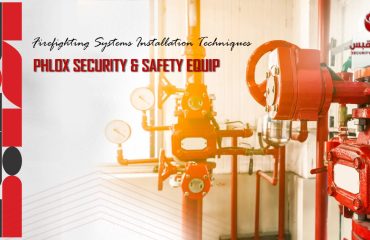
Fire Safety Procedures During a Building Fire: What You Need to Know
When a building fire occurs, every second counts. Knowing the proper fire safety procedures can make the difference between a safe escape and serious danger. Whether you’re at home, work, or in a public place, following a fire escape plan and acting fast is critical. Here’s what to do during a fire emergency:
1. Stay Calm and Alert Others
At the first sign of smoke or fire, stay calm. Sound the alarm if it hasn’t already gone off, and warn others nearby. Quick awareness is key in building fire safety procedures.
2. Evacuate Immediately—Don’t Use Elevators and take the Safety Procedures
Leave the building right away using marked stairways or emergency exits. Never use elevators during a fire. Follow the building’s emergency evacuation plan and avoid stopping to collect belongings.
3. Stay Low to Avoid Smoke
Smoke rises, so crouch or crawl close to the floor where the air is cleaner. Cover your mouth with a cloth if possible.
4. Important Safety Procedures: Check Doors Before Opening
Use the back of your hand to check if a door is hot. A hot door means fire may be on the other side. If safe, proceed; otherwise, find another exit.
5. Trap Yourself Safely if Necessary
If you’re trapped, block smoke with towels or clothing under doors and call emergency services. Signal from a window to let rescuers know where you are.
6. Go to the Assembly Point
After exiting, head to the designated meeting area. Never re-enter a burning building.
Final Tip about Safety Procedures : Practice Fire Drills
Regular fire drills reinforce your fire safety knowledge and improve response time. Be prepared—because safety starts with awareness.
Lastly, Fire emergencies can happen without warning, but being prepared with the right fire safety procedures can save lives. Understanding how to respond during a building fire, from evacuation to signaling for help, is essential for your safety and the safety of those around you. Regular fire drills, clear emergency evacuation plans, and awareness of exit routes are key parts of staying safe in any environment. Don’t wait for an emergency to act—prepare now, practice often, and always prioritize safety.

